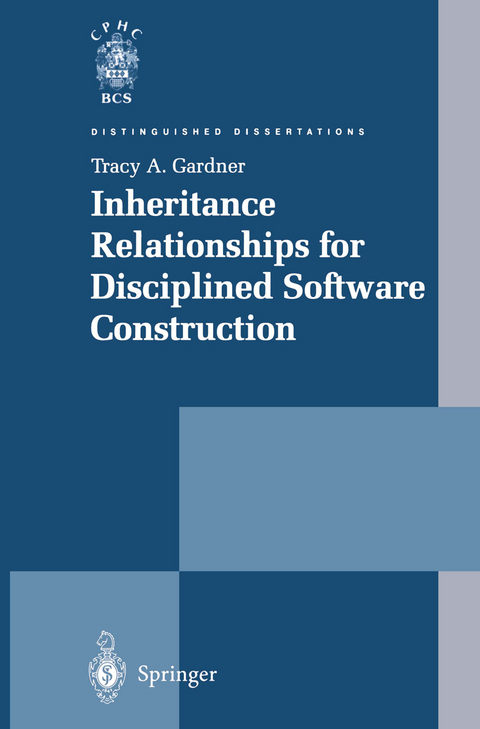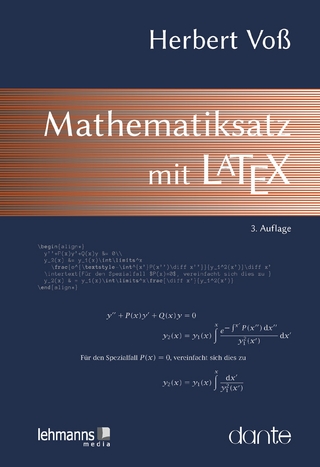
Inheritance Relationships for Disciplined Software Construction
Springer London Ltd (Verlag)
978-1-4471-1092-7 (ISBN)
This book introduces a model of inheritance based around five fundamental inheritance relationships. Each relationship has a clear conceptual basis, representing a fundamental, specialised use of inheritance. The resulting model replaces a confused notion of inheritance with five distinct conceptual relationships supporting more precise modelling of systems and capturing the semantic intent of each use of inheritance within a system.
1 Introduction.- 1.1 Objectives and limitations.- 1.2 Approach.- 1.3 Conventions.- 1.4 Outline.- 2 Current Understanding of Inheritance.- 2.1 The origin of inheritance.- 2.2 What is inheritance?.- 2.3 Advantages of inheritance.- 2.4 Problems with inheritance.- 2.5 Understanding inheritance.- 2.6 Conclusion.- 3 Structured Inheritance Relationships (SIRs).- 3.1 Context and scope.- 3.2 Variant.- 3.3 View.- 3.4 Evolution.- 3.5 Construction.- 3.6 Specialisation.- 3.7 Conclusion.- 4 A new model of inheritance.- 4.1 Underlying model.- 4.2 Presentation of the SIR model.- 4.3 SIR.- 4.4 SIR Specialisation.- 4.5 SIR Variant.- 4.6 SIR Construction.- 4.7 SIR View.- 4.8 SIR Evolution.- 4.9 Multiple inheritance in the SIR model.- 4.10 Relationship with other work.- 4.11 Conclusions.- 5 Techniques for Structured Use of Inheritance.- 5.1 Required architectural qualities.- 5.2 Planning techniques.- 5.3 Variability techniques.- 5.4 Adaptation techniques.- 5.5 Modification techniques.- 5.6 Conclusion.- 6 Case Studies: Applying The Sir Framework.- 6.1 Restricted subclasses: the square/rectangle problem.- 6.2 Binary Methods: Points and Coloured Points.- 6.3 Case study: web site manager.- 6.4 Conclusion.- 7 Implementation techniques.- 7.1 Levels of support.- 7.2 Implementation approaches.- 7.3 Support for specialisation.- 7.4 Support for variant.- 7.5 Support for construction.- 7.6 Support for view.- 7.7 Support for evolution.- 7.8 CASE tool lSupport.- 7.9 Conclusion.- 8 Conclusion.- 8.1 Structured inheritance relationships.- 8.2 A new model of inheritance.- 8.3 Techniques for disciplined software construction.- 8.4 Inheritance for reuse.- 8.5 Understanding of inheritance.- 8.6 Directions for new research.- 8.7 A final word.- A Glossary of terms.- References.
| Reihe/Serie | Distinguished Dissertations |
|---|---|
| Zusatzinfo | XII, 204 p. |
| Verlagsort | England |
| Sprache | englisch |
| Maße | 155 x 235 mm |
| Themenwelt | Mathematik / Informatik ► Informatik ► Betriebssysteme / Server |
| Mathematik / Informatik ► Informatik ► Software Entwicklung | |
| Schlagworte | Inheritance • Object Orientation • Software engineering |
| ISBN-10 | 1-4471-1092-7 / 1447110927 |
| ISBN-13 | 978-1-4471-1092-7 / 9781447110927 |
| Zustand | Neuware |
| Haben Sie eine Frage zum Produkt? |
aus dem Bereich


